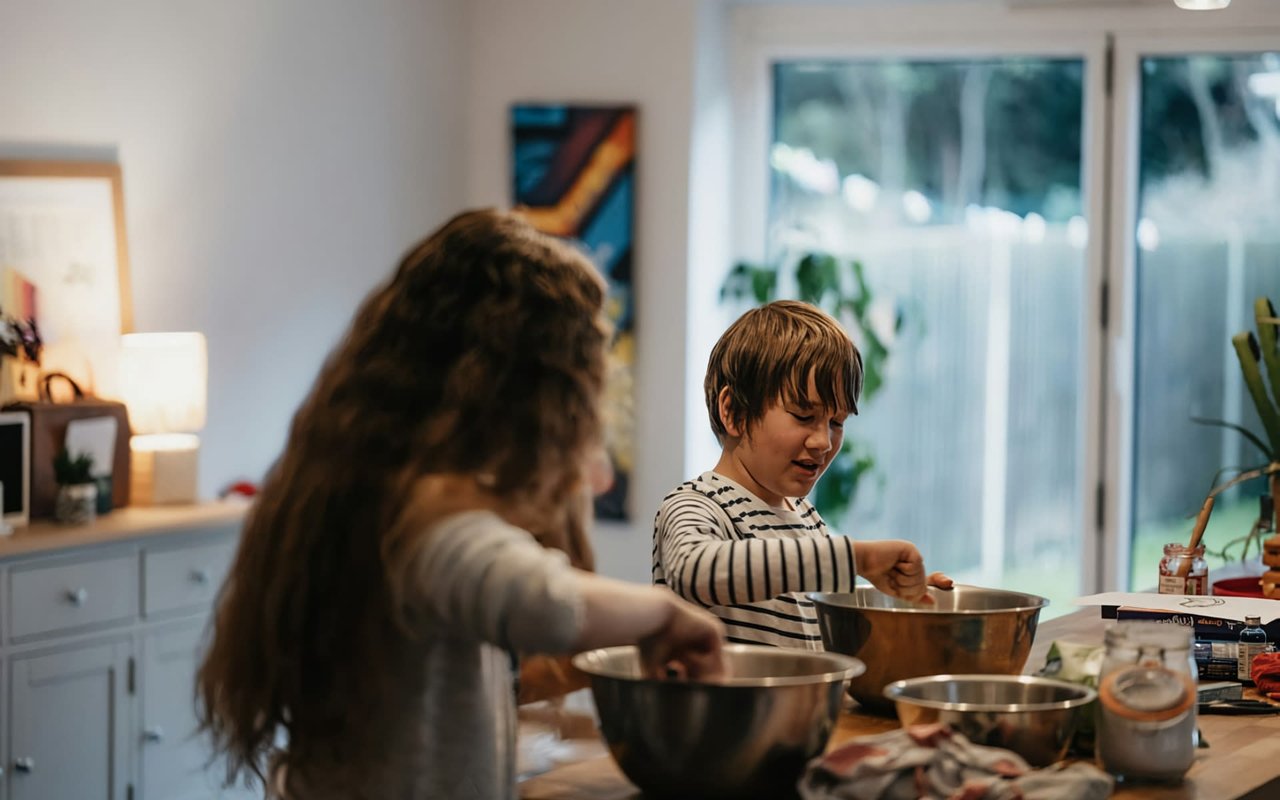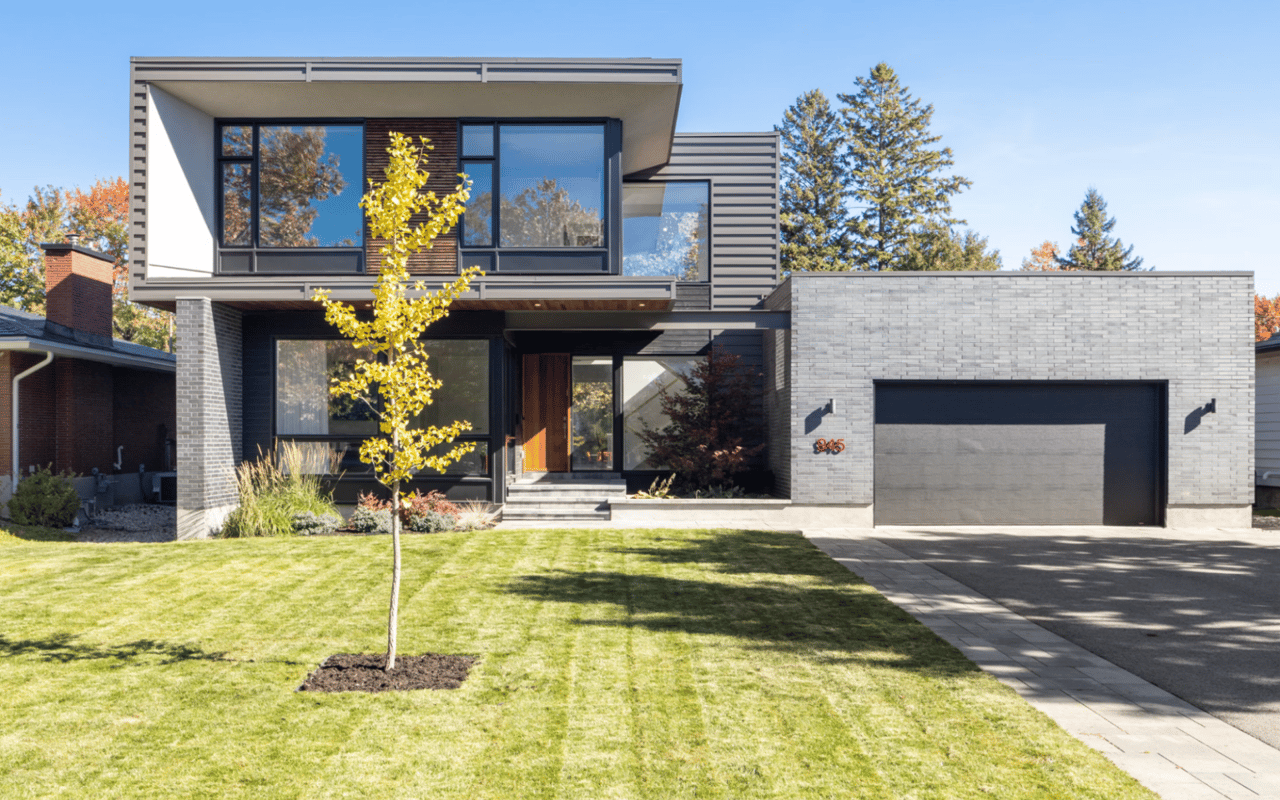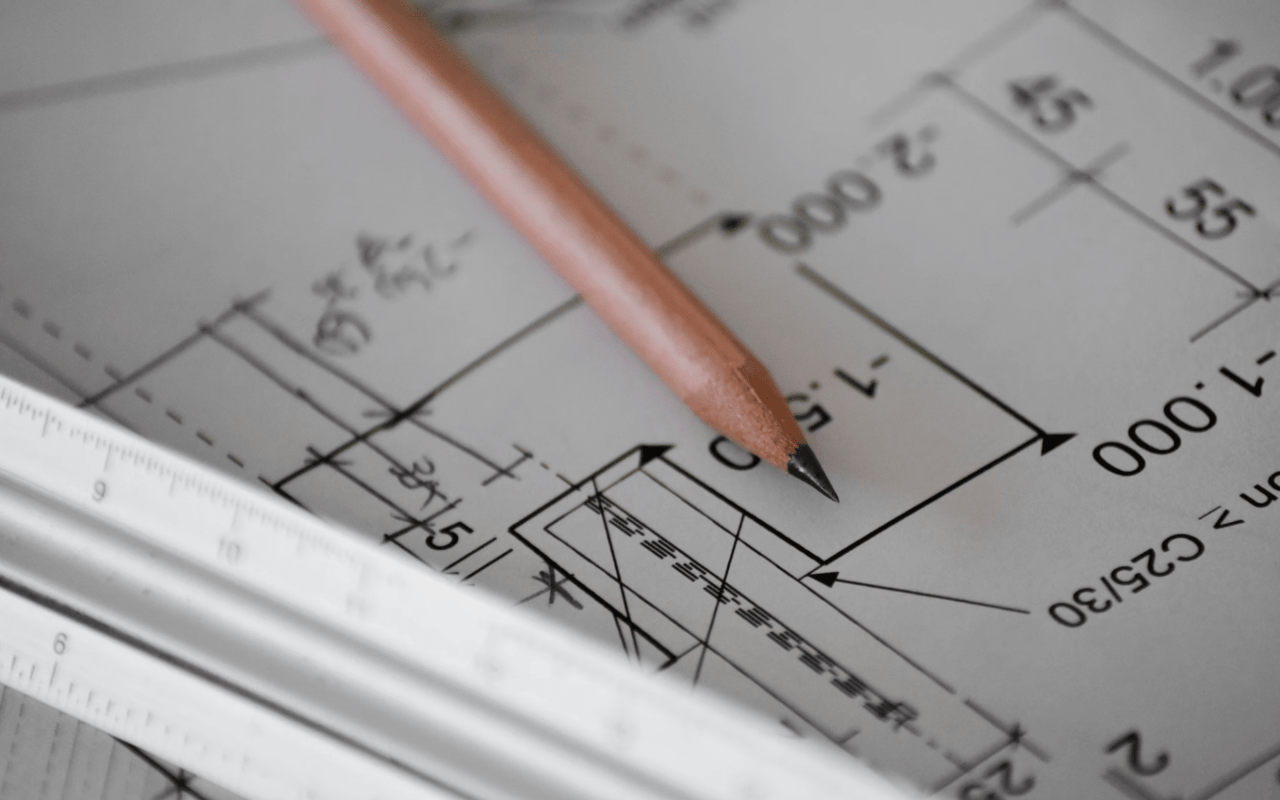Creating a safe home environment for children begins with a comprehensive safety assessment. This involves carefully examining each room and identifying potential hazards. Parents and caregivers should get down to a child's eye level to see the world from their perspective, which can help pinpoint dangers that might otherwise go unnoticed.
Key areas to inspect include electrical outlets, furniture stability, sharp edges, and small objects that could pose choking hazards. By taking the time to thoroughly assess your home, you can create a plan to address any safety concerns and ensure that your living space is child-friendly.
Secure Furniture and Appliances
One of the most critical aspects of childproofing a home is securing heavy furniture and appliances. Children are naturally curious and often climb on furniture, which can result in serious injuries if items tip over. To prevent accidents, use furniture anchors or brackets to secure bookcases, dressers, and other heavy pieces to the wall.
Appliances such as televisions, microwaves, and stoves should also be securely anchored. Ensure that cords are tucked away and out of reach to avoid tripping hazards and potential strangulation risks. Taking these precautions can significantly reduce the risk of furniture and appliance-related accidents.
Appliances such as televisions, microwaves, and stoves should also be securely anchored. Ensure that cords are tucked away and out of reach to avoid tripping hazards and potential strangulation risks. Taking these precautions can significantly reduce the risk of furniture and appliance-related accidents.
Childproof Electrical Outlets and Cords
Electrical outlets and cords pose significant dangers to young children. To prevent electrical injuries, use outlet covers or safety plugs on all unused outlets. These simple devices are effective in keeping curious fingers out of dangerous areas.
Additionally, keep electrical cords out of reach and secure them with cord organizers or covers. Avoid running cords under rugs or furniture, as this can create fire hazards. By addressing electrical safety, you can protect your children from potentially life-threatening accidents.
Additionally, keep electrical cords out of reach and secure them with cord organizers or covers. Avoid running cords under rugs or furniture, as this can create fire hazards. By addressing electrical safety, you can protect your children from potentially life-threatening accidents.
Install Safety Gates
Safety gates are essential for homes with young children, particularly those with stairs. Install gates at the top and bottom of staircases to prevent falls. Choose gates that are sturdy and secure, with a locking mechanism that children cannot easily open.
Safety gates are also useful for restricting access to certain rooms or areas, such as kitchens, bathrooms, or home offices. This allows parents to create safe zones where children can play and explore without encountering dangerous items or areas.
Safety gates are also useful for restricting access to certain rooms or areas, such as kitchens, bathrooms, or home offices. This allows parents to create safe zones where children can play and explore without encountering dangerous items or areas.
Keep Hazardous Substances Out of Reach
Household cleaners, medications, and other hazardous substances should always be kept out of reach of children. Store these items in high cabinets or locked storage units. Use child-resistant packaging whenever possible, but remember that no packaging is completely childproof.
In the kitchen, ensure that sharp objects such as knives, scissors, and other utensils are stored in drawers with childproof locks or in high, inaccessible places. Keeping hazardous substances securely stored will help prevent accidental poisonings and injuries.
In the kitchen, ensure that sharp objects such as knives, scissors, and other utensils are stored in drawers with childproof locks or in high, inaccessible places. Keeping hazardous substances securely stored will help prevent accidental poisonings and injuries.
Ensure Safe Sleep Environments
A safe sleep environment is crucial for infants and young children. Ensure that cribs meet current safety standards and are free from potential hazards. The mattress should fit snugly, with no gaps between the mattress and the crib sides.
Remove any soft bedding, pillows, and stuffed animals from the crib, as these can pose suffocation risks. Instead, use a fitted sheet and dress your baby in appropriate sleepwear to keep them comfortable and safe. Regularly check the crib for any loose or broken parts, and replace it if necessary.
Remove any soft bedding, pillows, and stuffed animals from the crib, as these can pose suffocation risks. Instead, use a fitted sheet and dress your baby in appropriate sleepwear to keep them comfortable and safe. Regularly check the crib for any loose or broken parts, and replace it if necessary.
Maintain Bathroom Safety
Bathrooms can be particularly hazardous for children due to the presence of water and chemicals. To enhance bathroom safety, always supervise young children when they are in the bathroom. Install toilet locks to prevent drowning hazards and keep the toilet lid closed.
Ensure that the water heater is set to a safe temperature (below 120 degrees Fahrenheit) to prevent scalding. Use non-slip mats in the bathtub and on bathroom floors to prevent slips and falls. Additionally, store all personal care products, medications, and cleaning supplies out of reach or in locked cabinets.
Ensure that the water heater is set to a safe temperature (below 120 degrees Fahrenheit) to prevent scalding. Use non-slip mats in the bathtub and on bathroom floors to prevent slips and falls. Additionally, store all personal care products, medications, and cleaning supplies out of reach or in locked cabinets.
Create a Safe Outdoor Space
If you have a yard or outdoor play area, it's essential to make it safe for children. Ensure that play equipment, such as swings, slides, and climbing structures, is in good condition and securely anchored. Regularly inspect these items for wear and tear and make any necessary repairs.
Fencing is another important aspect of outdoor safety. A secure fence can prevent children from wandering away and keep unwanted visitors out. Ensure that gates are equipped with childproof locks and are always closed.
If you have a pool, install a fence with a self-closing, self-latching gate around it. Always supervise children when they are near the pool, and consider enrolling them in swimming lessons to enhance their safety.
Fencing is another important aspect of outdoor safety. A secure fence can prevent children from wandering away and keep unwanted visitors out. Ensure that gates are equipped with childproof locks and are always closed.
If you have a pool, install a fence with a self-closing, self-latching gate around it. Always supervise children when they are near the pool, and consider enrolling them in swimming lessons to enhance their safety.
Practice Emergency Preparedness
Being prepared for emergencies is a critical component of home safety. Install smoke detectors and carbon monoxide detectors throughout your home, and regularly check the batteries to ensure they are functioning correctly. Create and practice a family emergency plan that includes escape routes and a designated meeting place outside the home.
Keep a well-stocked first aid kit in an easily accessible location and familiarize yourself with basic first aid procedures. Teach older children how to call for help in an emergency and ensure that they know important contact information.
Keep a well-stocked first aid kit in an easily accessible location and familiarize yourself with basic first aid procedures. Teach older children how to call for help in an emergency and ensure that they know important contact information.
Foster a Culture of Safety
Creating a safe home environment is an ongoing process that involves fostering a culture of safety within the household. Encourage children to follow safety rules and explain the reasons behind them. Lead by example by practicing safe behaviors and promptly addressing any safety concerns that arise.
Regularly review and update your safety measures as your children grow and their needs change. Staying informed about the latest child safety recommendations and products can also help you maintain a secure and nurturing home environment.
Regularly review and update your safety measures as your children grow and their needs change. Staying informed about the latest child safety recommendations and products can also help you maintain a secure and nurturing home environment.
Ensuring Your Peace of Mind
Making sure your home is safe for children requires careful planning, vigilance, and a commitment to maintaining a secure environment. By addressing potential hazards, installing safety features, and educating your family about safety practices, you can create a home where children can thrive and explore with confidence.
For those seeking expert guidance on finding a safe and family-friendly home in Aurora, reaching out to Grace Simon can provide valuable insights and support. Contact Grace Simon for more information on Aurora homes for sale and take the first step toward creating a safe and welcoming environment for your family.
For those seeking expert guidance on finding a safe and family-friendly home in Aurora, reaching out to Grace Simon can provide valuable insights and support. Contact Grace Simon for more information on Aurora homes for sale and take the first step toward creating a safe and welcoming environment for your family.




